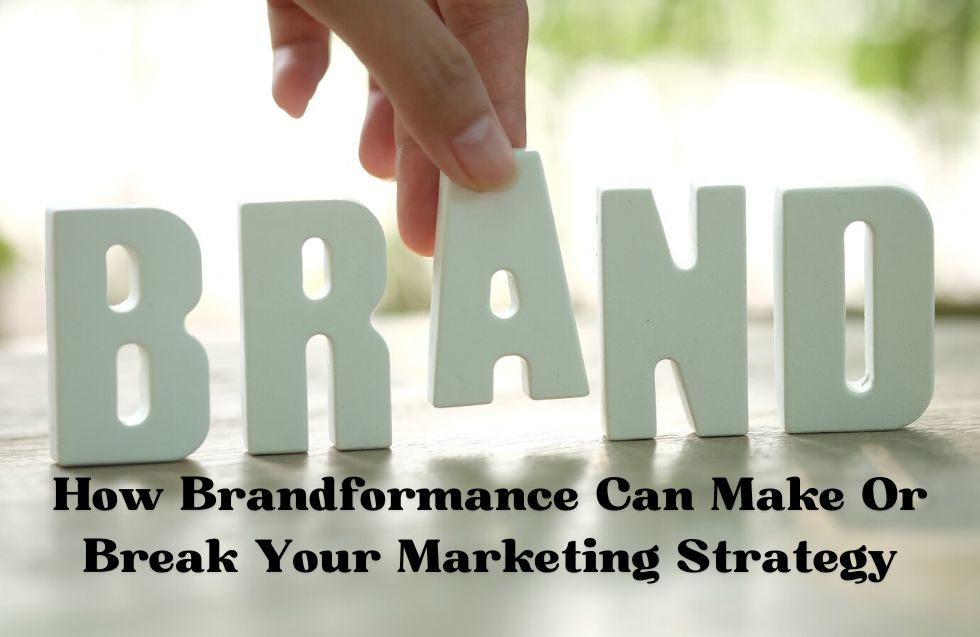The Balance Between Branding and Performance
In today’s highly competitive digital landscape, brands need to strike the right balance between long-term branding and short-term performance marketing. This is where brandformance plays a crucial role. Brandformance is a marketing strategy that blends branding with performance marketing, allowing companies to simultaneously build their brand while driving immediate results. A well-executed brand performance strategy can lead to sustained business growth and a loyal customer base.
Why Brandformance Matters
Unlike traditional marketing approaches that focus on either branding or performance, brandformance combines the two for a holistic marketing approach. It ensures that businesses are not just chasing quick wins but also investing in building long-term relationships with their customers. By integrating brandformance into your strategy, you can ensure that every dollar spent on marketing works both in the short term and long term, creating a more efficient use of your budget.
How to Measure Brandformance Success
Measuring the success of a brandformance strategy involves tracking both brand metrics and performance metrics. Brand metrics include factors like brand awareness, brand recall, and customer perception. Performance metrics, on the other hand, focus on tangible results like conversions, sales, and return on ad spend (ROAS). The key to success is to monitor these two sets of metrics in unison to ensure that your branding efforts are translating into business growth.
Crafting a Brandformance Strategy
Building an effective brandformance strategy starts with a deep understanding of your target audience. You need to know who they are, what they value, and how they interact with your brand across various channels. This knowledge allows you to create messaging that resonates with your audience on an emotional level, while also driving them to take action. By balancing brand-building efforts with performance-driven tactics, you can achieve long-term brand loyalty and immediate business results.
Key Elements of a Brandformance Strategy
- Target Audience Understanding: Know your audience inside and out to craft effective messaging.
- Brand Building: Focus on creating emotional connections with your audience.
- Performance Tactics: Implement strategies like paid ads, SEO, and retargeting to drive immediate results.
- Unified Measurement: Track both brand metrics (awareness, loyalty) and performance metrics (conversions, ROAS).
The Role of Creativity in Brandformance
Creativity is at the heart of any successful brandformance strategy. It’s not enough to just create campaigns that are optimized for conversions; they also need to resonate with your audience and build a lasting brand image. This is where storytelling comes in. When you combine creative storytelling with performance marketing tactics, you create a marketing strategy that not only drives immediate results but also leaves a lasting impression on your audience. This dual approach ensures that your brand stays top-of-mind even after the campaign is over.
Data to Drive Brandformance
Data plays a pivotal role in brandformance, helping marketers make informed decisions. By analyzing customer behavior and campaign performance, you can optimize your strategy for better results. Tools like Google Analytics, social media insights, and customer relationship management (CRM) platforms allow you to gather valuable data that informs both your branding and performance efforts. This data-driven approach ensures that your marketing campaigns are continuously improving and adapting to your audience’s needs.
Brandformance in a Digital-First World
As more consumers shift their attention online, the need for a strong digital presence becomes paramount. Brandformance is particularly well-suited for the digital world, where marketers have access to vast amounts of data and real-time feedback. Digital channels like social media, search engines, and email marketing offer the perfect platforms to execute a brand performance strategy. By using these channels to create both brand awareness and direct response campaigns, companies can maximize their reach and drive consistent growth.
Aligning Teams for Brandformance Success
One of the key challenges in implementing a successful brandformance strategy is aligning different teams within your organization. Branding and performance marketing are often handled by separate departments, which can lead to conflicting goals. To achieve true brand performance success, these teams need to work together. The branding team should focus on long-term brand building, while the performance marketing team should concentrate on driving immediate results. Both teams must collaborate to ensure that their efforts are aligned and complement each other.
How to Align Teams for Brandformance
- Shared Goals: Ensure that both teams are working toward the same business objectives.
- Open Communication: Facilitate regular communication between branding and performance teams.
- Unified Metrics: Use unified KPIs to measure both branding and performance success.
- Collaborative Planning: Involve both teams in the planning process to create cohesive campaigns.
Short-Term Gains with Long-Term Growth
The biggest challenge of brandformance is balancing the need for short-term gains with the importance of long-term growth. Performance marketing focuses on driving quick results, but these results are often fleeting. Branding, on the other hand, builds long-term loyalty but may not provide immediate returns. By integrating the two, you create a strategy that drives immediate business results while also investing in long-term brand equity. This balanced approach ensures that your brand remains competitive both now and in the future.
Technology for Brandformance
Technology plays a crucial role in the success of a brandformance strategy. From automation tools that optimize ad campaigns to data analytics platforms that track customer behavior, technology enables marketers to execute more efficient and effective campaigns. For example, artificial intelligence (AI) can help personalize marketing messages based on customer data, while machine learning algorithms can optimize ad targeting for better results. Leveraging these technologies allows marketers to deliver highly targeted and personalized campaigns that resonate with their audience on a deeper level.
The Future of Brandformance
As marketing continues to evolve, brandformance will become even more important. Consumers are becoming more selective about the brands they support, and they expect personalized, meaningful interactions. Companies that can balance brand-building with performance marketing will be best positioned to succeed in this new landscape. Brand performance strategies will need to be increasingly data-driven, creative, and customer-focused to stay competitive. By staying ahead of these trends, businesses can ensure long-term success.
Final Thoughts on Brandformance
Brandformance is not just a buzzword; it’s a powerful marketing strategy that blends the best of branding and performance marketing. When done right, it allows businesses to achieve short-term success while building a lasting brand that resonates with customers. To make brand performance work for your company, focus on understanding your audience, creating emotionally resonant messaging, and leveraging data to inform your strategy. By integrating these elements into your marketing efforts, you can create a balanced approach that drives both immediate results and long-term growth.












